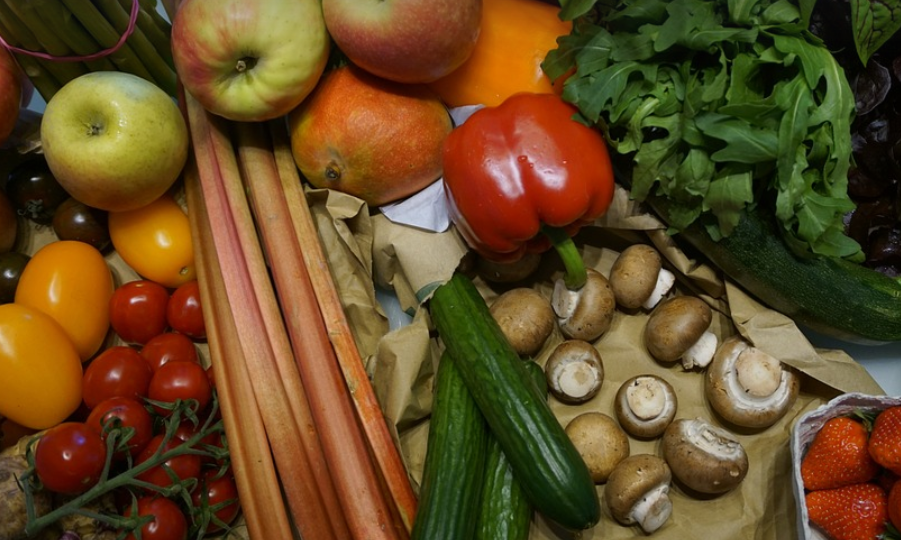Is Simple Sugars Still In Business?

The Sweet Truth About Simple Sugars
It’s no secret that simple sugars, like the ones found in table sugar and high fructose corn syrup, have been under scrutiny for years. From their role in weight gain to the potential health implications of excessive consumption, these sweet little molecules have sparked a lot of debate. So, what has happened to simple sugars? Are they still around or have they been banished from the kitchen aisles forever? The truth is, simple sugars are still very much a part of our world, but their role and representation have definitely evolved. Let’s delve into the history, examine current trends, and discover how easy-to-access sweetness has been reshaped. The journey will take us through a fascinating terrain where science meets commerce, consumer choices meet evolving diets, and the simple fact remains that we can’t escape their presence in everyday life.
A Brief History: From Granulated Sweetness to Global Domination
The story of simple sugars is intertwined with our very history. We’ve been seeking sweetness since ancient times, from honey in Mesopotamia to the early Egyptians who traded dates and spices for sugar cane. The first refined sugar crystals emerged in India around the 10th century, followed by a flurry of interest from Europe in the Middle Ages. Sugar production boomed during the 17th and 18th centuries, particularly thanks to European colonization and the discovery of new sugarcane-growing regions in the Americas. The industrial revolution helped refine sugar making processes, creating the mass-produced, affordable sweetness that we know and love today. Simple sugars were now a staple ingredient in food preparation and an integral part of daily life for many communities across the globe.
The Rise and Fall (and Rise Again?) of “Sugar” as a Term
While sugar has always been present in our diets, its meaning has changed considerably over time. The term “sugar” itself is a multifaceted one. It evokes images of sweet treats, confectionaries, desserts, and even beverages like soda pop and coffee. But the world of simple sugars isn’t just about enjoying that sweet taste. We also use the term “simple sugar” in scientific contexts to refer to specific molecules, often in the form of monosaccharides or disaccharides – like glucose, fructose, lactose – that are easily broken down by our bodies. These molecules play a critical role in human metabolism and energy production, and they’re essential for many bodily functions. This focus on the “simple” aspects highlights the evolution of our relationship with sugar. From simple sugars to complex carbs, we’ve seen a shift towards understanding the nuances of nutrition and how different types of carbohydrates impact our health in various ways.
Modern Sugar: The Good, the Bad, and the Ugly
However, the story of simple sugars isn’t just about historical context; it’s also about the present-day realities of what we consume. So, where are we now? What are the dynamics of “simple sugar” today? There’s a growing awareness of the potential downsides of excessive simple sugar consumption. These sweet molecules are often linked to weight gain, insulin resistance, and an increased risk of chronic diseases like type 2 diabetes. The science is clear: too much sugar can be harmful to our bodies if it’s not balanced with other healthy aspects of our dietary choices. But the story doesn’t end there. There’s also been a push for healthier, more natural alternatives. This has led to an explosion of plant-based sweeteners like stevia, monk fruit, and erythritol. These options can satisfy the sweet craving without the same downsides as highly processed table sugar. The movement towards conscious consumption is part of what makes our relationship with simple sugars so fascinating. As we delve deeper into how these small molecules affect us, we are also discovering new ways to enjoy sweetness while embracing a healthier lifestyle.
The Future of Simple Sugars
So where are things headed? As science continues to unravel the secrets of sugar and its impact on our health, simple sugars will continue to play a role in our lives. But how they fit into our world is likely to change significantly. It’s not just about what we consume but also about understanding the power of moderation and the importance of diverse diets. The future of simple sugars lies in striking a balance between enjoying their sweetness and acknowledging their potential downsides. As consumers become more aware of sugar’s impact on their health, food manufacturers are working to create healthier, more sustainable options for us. This means innovative ingredients like stevia-based sweeteners or even exploring alternative sources of sweetness in our culinary creations. The future is a blank canvas. What kind of world do we want to shape with the simple sugars that remain? How will we navigate these changes and ensure a healthier, more balanced relationship with this sweet ingredient that has shaped our diets for centuries?


